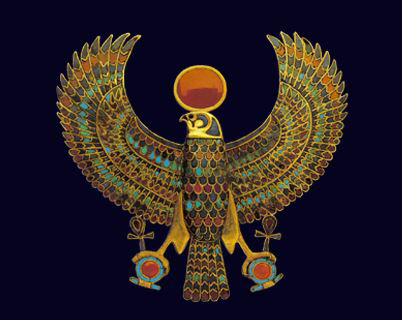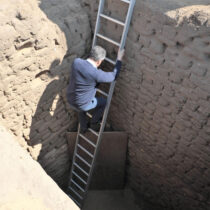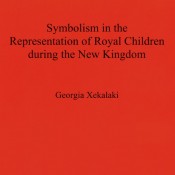The Twelfth International Congress of Egyptologists – ICE XII has been completed. The conference held in Cairo from the 3rd to the 8th of November 2019 brought to the spotlight a number of discoveries opening new paths in the archaeology of ancient Egypt.
Under the shadow of the Pyramids – in Khalifa Hall of the Marriott Mena House Hotel, in Cairo’s Giza district – the Director of the Supreme Council of Antiquities Dr. Mustafa Waziri and Egypt’s Minister of Antiquities Dr. Khaled El-Enany welcomed Egyptologists from all over the world, representing different ranks within academia and archaeological research.
In his speech, the Minister emphasized his disappointment to the lack of response from Egyptologists worldwide, when Egyptian antiquities were sold on the auction market; he hoped for warmer support and dedication to the preservation of Egyptian heritage from its long-standing partners in research. However, he proceeded with inviting committed scholars to express interest into collaborating and associating themselves with the latest activities of the Ministry, especially the shaping up of the website and the scientific content of museums, giving scholars a platform for outreach.
Among the highlights of the conference were:
- The beginning of Dr Willeke Wendrich’s service as Director of the International Association of Egyptologists, with Dr. Christopher Naunton announcing the end of his and his administration’s mandate.
- Discoveries regarding the largest known pharaonic mortuary temple, commissioned for Amenhotep III at Kom el-Hetan in Luxor’s West Bank. Latest research shows that the temple’s floor level was more than 3 m. below the modern-day surface, while its famous Colossi of Memnon, were never designed to be touched by the Nile, as though till now.
- A presentation regarding the evolution of the Theban necropolis, as mapped out by the Leiden University Mission to the Theban Necropolis.
- River and landscape archaeology applications aiming to identify an ancient harbor and its networks potential in the pharaonic “harem palace” at Fayoum’s Gurob; by Dr. Marine Yoyotte (IFAO).
- Results of an archaeological experiment for glass bead-making, conducted in Tell el-Amarna by Dr. Anna Hodgkinson (Amarna Project), which showed efficiency of small low-tech fire pits.
- The discovery of connections between GrecoRoman Egypt and India through finds in Berenike.
- Uses of X-ray tomography to safely unroll ancient scrolls from a document group from Elephantine which span to a 4.000 year-long period.
- A number of presentations changed hat we knew about women’s status in ancient Egypt. Dr. Gert Baetens (KU Leuven) showed women inherited professions and rights the same ways as men and even showed the existence of female embalmers. Especially for the GrecoRoman period, it was also supported that increased interaction among Greek and Egyptian middle classes brought a higher level of emancipation to Greek women in Egypt. In the same tone Dr. Reinert Skumsnes (University of Oslo) showcased that from the 18th Dynasty, women were not differenciated from men by their skin color,
- The presentation of Dr Stephan Seidlmayer, Dr Sakuji Yoshimura, Dr Mark Lehner, and Dr Zahi Hawass with an ICE Award for their tangible impact in Egyptology especially through their collaborations with the Ministry of Antiquities. Prof. Dr. Fayza Haykal was also honoured for her outstanding work in the Congress’ closing ceremony.
The Congress closed with announcements regarding future actions of the International Association of Egyptologists, as well as plans for the next Congress, which is set to be held in Leiden, 6-12 August 2023. Egyptian authorities through the Minister of Antiquities thanked everyone who attended, stressing again the importance of equal collaboration and partnership desired between the Ministry and international scholars.




